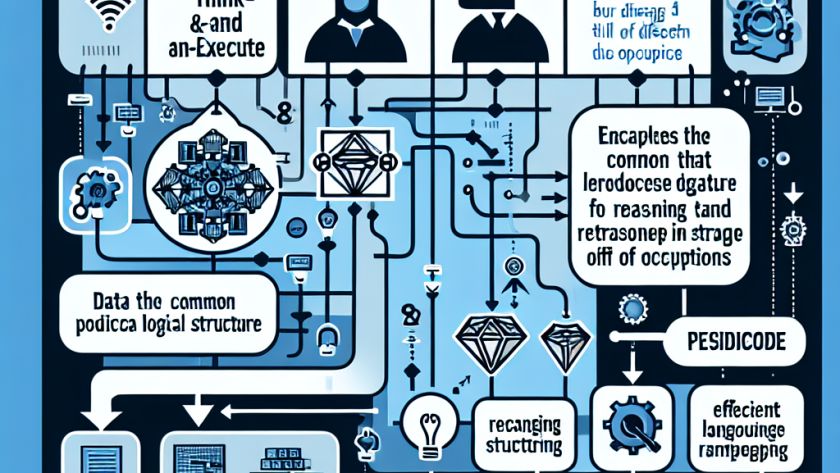In an industry where large corporations like OpenAI, Meta, and Google dominate, Paris-based AI startup Mistral has recently launched its open-source language model, Mixtral 8x22B. This bold venture establishes Mistral as a notable contender in the field of AI, while simultaneously challenging established models with its commitment to open-source development.
Mixtral 8x22B impressively features an advanced…












